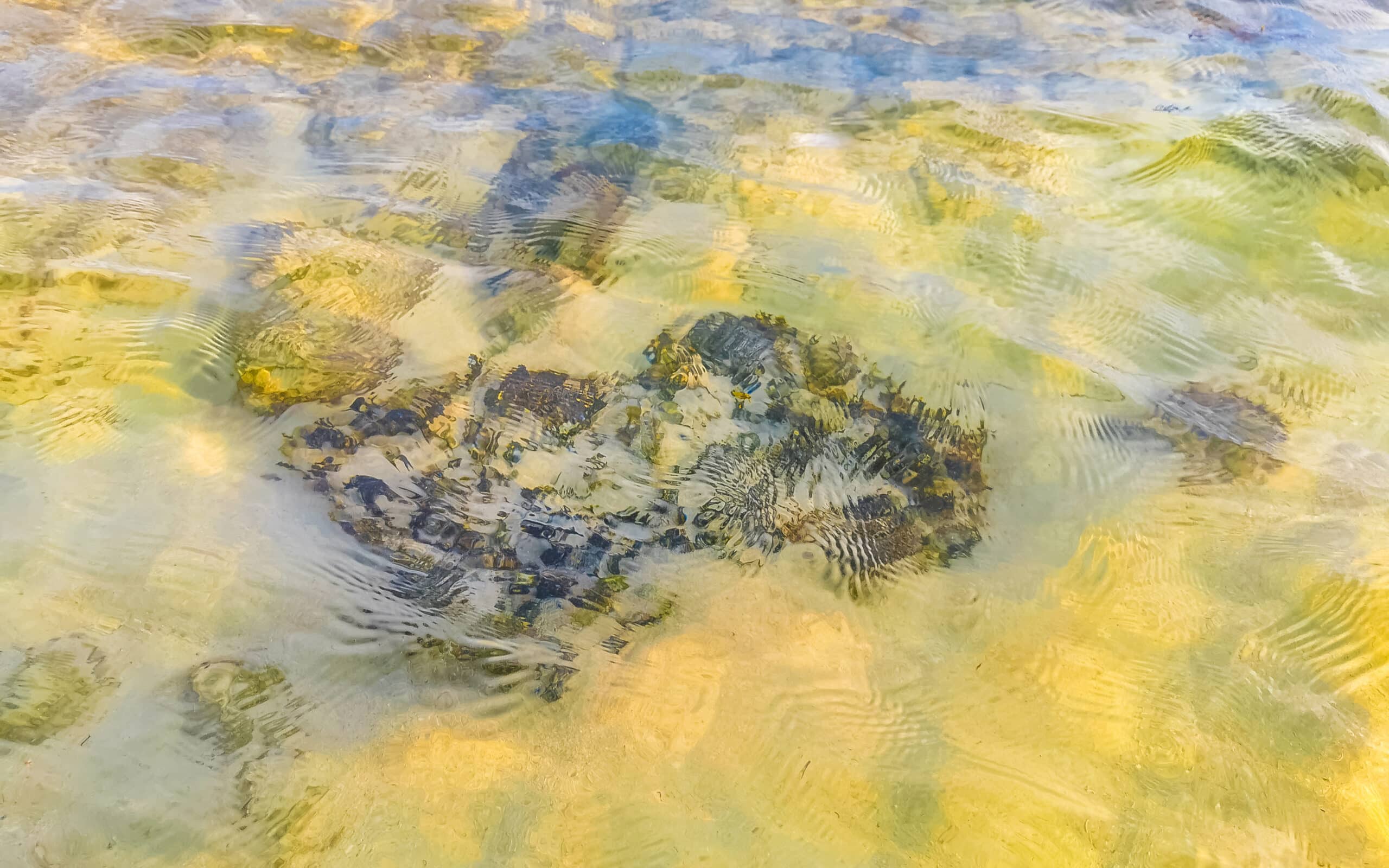How to Read a Water Depth Map
Key Takeaways
- Locate and Interpret Depth Soundings
- Identify Contour Lines
- Consider Safety Depth and Under-Keel Clearance
Water depth maps, also known as nautical charts, are essential tools for boaters and sailors. These maps provide crucial information about water depths, underwater features, and navigation aids. Understanding how to read a water depth map is important for safe and efficient navigation on the water. In this article, we will explore the steps and techniques involved in interpreting a water depth map.
Locate and Interpret Depth Soundings
One of the first steps in reading a water depth map is to locate the depth soundings marked by small numbers on the chart. These soundings indicate the water depth at specific locations. It’s important to determine whether the depth measurements are in feet or fathoms, as this will affect your understanding of the chart.
Identify Contour Lines
Contour lines are another crucial element of a water depth map. These lines connect areas of the same depth, allowing you to visualize the overall depth in an area. Closer contour lines indicate steeper seabed slopes, while further apart contour lines indicate shallower slopes. By understanding the contour lines, you can identify areas with varying water depths and plan your route accordingly.
Consider Safety Depth and Under-Keel Clearance
When navigating using a water depth map, it’s important to consider safety depth and under-keel clearance. Safety depth refers to adding a safety margin to the charted depth. It is recommended to add a margin of 10-20% to ensure you have enough water depth to navigate safely. Additionally, the under-keel clearance, which should be at least twice the draft of your vessel, ensures that you have enough clearance between the seabed and the bottom of your boat.
Account for Tidal Levels
Tidal levels have a significant impact on water depths. It’s essential to consider the current tide level when interpreting a water depth map. Tide levels can affect the actual depth of the water, especially in areas with significant tidal variations. By accounting for the tide level, you can adjust the water depth accordingly and navigate with greater accuracy.
Use Electronic Charts as Cross-Check
In the modern digital age, electronic charts have become increasingly popular and provide an additional layer of navigation assistance. While traditional paper charts are still widely used, electronic charts offer real-time updates and can serve as a valuable cross-check for accuracy. By comparing the information on electronic charts with the paper chart, you can ensure that you have the most up-to-date and reliable data.
Understanding Units of Measurement
Water depth maps use different units of measurement to indicate depths, such as feet, fathoms, or meters. It’s important to identify the unit of measurement being used on the chart. If the depths are in fathoms, you can convert them to feet by multiplying by 6. Similarly, if the measurements are in meters, you can convert them to feet by multiplying by 3. Understanding and converting between these units will help you interpret the depths more easily.
Interpreting Symbols and Abbreviations
Water depth maps also include symbols and abbreviations that indicate the location of various features such as rocks, reefs, wrecks, and buoys. These symbols and abbreviations provide important information for safe navigation. Familiarize yourself with the commonly used symbols and abbreviations to ensure you can understand and interpret the map accurately.
Conclusion
Reading a water depth map requires a combination of skills, including locating depth soundings, interpreting contour lines, considering safety depth and under-keel clearance, accounting for tidal levels, and understanding units of measurement. By following these steps and using additional resources such as electronic charts and symbols and abbreviations guides, you can confidently navigate using a water depth map and ensure a safe and successful boating experience.
Related Websites:
- WikiHow – How to Read a Nautical Chart
- Savvy Navvy – How to Read a Nautical Chart Depth: A Step-by-Step Guide
- Snag A Slip – Nautical Chart Reading 101 for Beginners
- Garmin – How to Read Nautical Charts
- Savvy Navvy – Nautical Chart Symbols: The Ultimate Guide for Boaters
- Yachting – Nautical Maps and Marine Navigation: A Comprehensive Guide
FAQs:
Q: What is a water depth map?
A water depth map is a visual representation that displays the depth of water in a specific area.
Q: How can I benefit from reading a water depth map?
Reading a water depth map can benefit activities such as boating, fishing, or underwater exploration by providing information on the depth of the water in a specific area.
Q: How can I interpret depth contour lines on a water depth map?
Depth contour lines on a water depth map connect points of equal depth. Closer contour lines indicate steeper slopes or drop-offs.
Q: What do the depth indicators on a water depth map represent?
The depth indicators on a water depth map use color or shading to represent different depths. They allow for easy interpretation of the depth information.
Q: Why are landmark symbols important on water depth maps?
Landmark symbols on water depth maps help in identifying landmarks for accurate navigation. They play a crucial role in safely navigating through the water.






